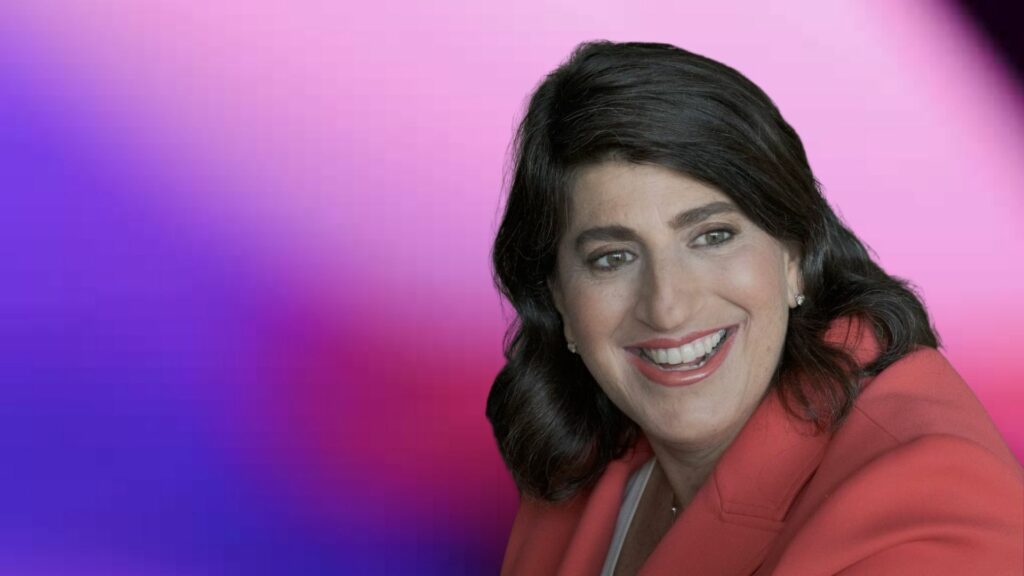How to manage a multigenerational workforce

As younger generations enter the workforce, older individuals are opting to work longer. The result? Today’s workforce is incredibly diverse — especially when it comes to age. Believe it or not, there are five generations in America’s professional landscape:
- Traditionalists – born in 1945 and before
- Baby Boomers – born between 1946 and 1964
- Generation X – born between 1965 and 1976
- Millennials – born between 1977 and 1995
- Generation Z – born in 1996 and after
New research is showing that employing multigenerational workforces can create a significant competitive advantage: generating a stronger pipeline of talent, improving workforce continuity and stability, and assisting the retention of knowledge – but it isn’t without challenges. How do team leaders create an inclusive environment where everyone can contribute and feel valued, even if there are decades between two people working together on a project?
Challenge old stereotypes
Whether it’s the perception that one generation thinks they deserve “participation trophies,” or that another is “inflexible and stubborn,” stereotypes erode team building and collaboration. One tactic to combat selection and confirmation bias? Getting to know people as unique and multifaceted.
Tuck School of Business Postdoctoral Fellow Karren Knowlton is working to understand the roles that motivations and identities have in building bridges across differences. As an Organizational Psychologist, she says one of the keys to mutual understanding among different groups is setting expectations.
“There’s research showing the power of individuating people for breaking down stereotypical expectations,” says Knowlton.
Her work focuses on ways to find common ground, and blaze new trails forward. It’s a process that can (and will) be flawed and imperfect.
“Interacting with those who are very different from us frequently feels awkward or uncomfortable at first, but this doesn’t mean it isn’t headed in a good direction,” suggests Knowlton. “Making mistakes – saying the wrong thing or having a blind spot and being called out on it – is part of the process. The flip side of this is giving others the benefit of the doubt, along with constructive feedback, when you know they’re trying.”
Attract talent as individuals, regardless of age
The Organization for Economic Co-operation and Development (OECD) recommends using age-neutral imagery and language in job descriptions, as well as software programs, to sort applications. Regardless of an employee’s age, Human Resources Executive Stephanie Navasu suggests companies must do a better job providing an experience from the first interview to the first anniversary and beyond.
“If there is no experience, if there is no opportunity to grow, if there isn’t any communication, feedback and opportunities for improvement, creating a thriving work environment will be difficult,” says Navasu.
Navasu has been helping build company cultures for over 15 years and is on a mission to make an impact on the culture of Corporate America. She earned an MBA at the University of La Verne, and says the most important skill she acquired through her MBA program and her professional career has been learning how to truly listen to and understand her workforce.
“If corporate leaders do not make it a priority to align company goals with individual employee goals, turnover will go through the roof,” she suggests.
“We need to stop focusing so much on the resume and instead focus on the person. What are their true goals and how can we align those goals to the position we are looking to hire for and the culture of the company?”
Focusing on individual strengths rather than generational divides can create exciting opportunities for leadership to improve morale, and problem solve through innovation. Knowlton says research reflects that individuation helps strengthen identity.
“When you are thinking of yourself as more of an individual, you are less likely to feel threatened by stereotypes about groups you’re part of,” says Knowlton.
Retain talent by supporting upskilling and reskilling
To create a workplace that attracts people at all different stages of life, companies can practice patience, develop bridges to learning, and view hiring as an investment. Multigenerational workforces are arguably more productive and have less turnover than those without generational diversity, but it’s up to management to listen and adapt to different interests.
“When it comes down to it, all generations want the same thing,” says Navasu. “We’ve just all taken a different route to achieve it.”
Regardless of age, many employees are eager to learn new skills and continue to grow in their jobs with new tools. One mistake companies make is creating upskilling and reskilling opportunities that are limited to younger employees.
“Ultimately, how we improve is through providing an experience. Candidates are no different from consumers,” Navasu suggests. “If companies really understand the importance of the candidate and employee experience, they will win the talent war over the next 5-10 years while also providing excellent benefits and hybrid or fully-remote work options.”
Through developing more extensive internship programs and training programs to foster collaboration, upper management can set team members of all ages up for success.
“Managers can encourage this by structuring one-on-one chats between team members that are specifically aimed at relationship building,” suggests Knowlton. “This could look like a bi-weekly rotating coffee chat, or another very cool practice I’ve seen is reverse or reciprocal mentorship across generations – I know Esteé Lauder does this, pairing their most senior leaders with those from younger generations.”
Create a holistic work environment for everyone
In a two-year study, the World Economic Forum found that creating a holistic work environment is one highly effective strategy for employers to boost satisfaction across the board.
Maintaining flexible work options and investing in wellness programs that focus not just on physical health, but mental and financial wellbeing are investments in team member fulfillment. Employees expect their companies to support them in multiple ways throughout life, including providing assistance for issues such as tuition reimbursement, family and retirement planning.
Viewing candidates through a holistic lens helps teams to see true potential and opportunities for growth that transcends age. Navasu recommends hiring teams should be more in tune with the motivation, desire and willingness to learn as opposed to the skillset to do the work. After all, skills can be taught, but a passion for learning can’t.

Photo by Christina WOCinTech







